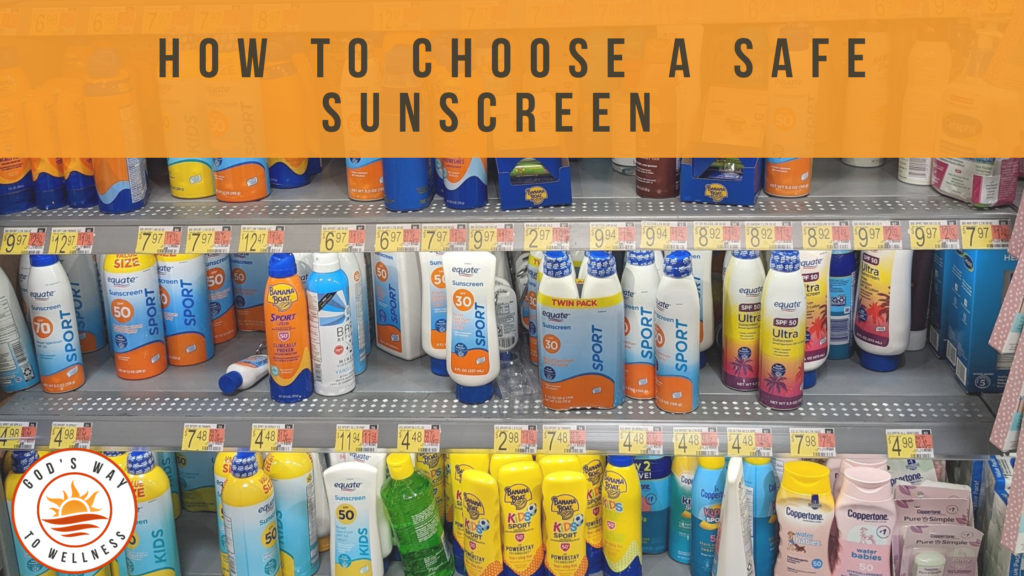Do you care if your risk of chronic kidney disease, cancer, thyroid disorders,1 and autoimmune diseases (such as lupus, multiple sclerosis, Crohn’s disease and rheumatoid arthritis) increases because of chemicals in the water you drink? 2 Chemicals called PFAS in our water supply are linked to these diseases and many others.
What are PFAS?
PFAS (per- and polyfluoroalkyl substances) are a large group of manufactured nonbiodegradable compounds used in a variety of everyday items such as Teflon cookware, food wrappers, stain and waterproof technologies for textiles, and firefighting foam. As a result, these “forever chemicals” exist in our water supply and soil because they do not break down. Therefore, we are exposed to these chemicals when we drink water, eat food grown in the soil, and use items containing these chemicals.
Breaking news from the Environmental Protection Agency reveals 26 million people in hundreds of communities have PFAS in their drinking water. The EPA is finally making progress with new stricter limits for contamination of these chemicals. But meanwhile we are drinking water contaminated with toxic PFAS at over 2,800 locations in 50 states, the District of Columbia and two territories.
The EPA established health advisories for two PFAS, namely PFOA and PFOS, setting the level for drinking water at 70 parts per trillion. Several states set stricter standards for levels of PFAS in their water supplies.
One of the most notorious cases was in a DuPont factory in Parkersburg, West Virginia. PFOA used to make Teflon contaminated the drinking water of 70,000 people. Dupont Chemours agreed to stop using PFOA in 2015. Evidence shows Dupont Chemours is still discharging these chemicals into the Ohio River.
As of August 2023 and the latest data shows 3,186 locations in 50 states, the District of Columbia and two territories are known to be contaminated. You can check out this map to see sites of contamination in your state.
What can we do to reduce exposure to PFAS?
- Drink filtered water. This is the most important thing to do. Research shows an under sink reverse osmosis filter is the best at removing PFAS. 3 However, activated carbon filters provide some removal of PFAS. Be sure to change the filter frequently and on time. Effectiveness of activated carbon filters varied widely, but having one is better than drinking tap water.
- Ditch the non-stick cookware. Use stainless steel or cast iron.
- Avoid microwave popcorn. PFAS are used to coat the packaging. Instead, pop your own.
- Bring your own container for restaurant leftovers or remove the food from them as soon as possible. PFAS in the coating makes the wrappers grease resistant. Never heat food in takeout containers or wrappers.
- Avoid waterproof clothing and sports gear.
- Reject PFAS-coated dental floss. Search online for PFAS free dental floss.
- Avoid stain resistant coatings such as Scotchguard.
- When you come across PTFE, “fluor,” or “perfluor” in household items including varnishes, and cosmetics, look for a safer option.
For more tips to reduce exposure to PFAS, download this free guide.
For more information, visit the Environmental Working Group website here.
Read more about drinking filtered water instead of bottled water here.
References
- https://www.ncbi.nlm.nih.gov/pmc/articles/PMC6218824/
- https://www.ncbi.nlm.nih.gov/pmc/articles/PMC4819831/
- https://pubs.acs.org/doi/full/10.1021/acs.estlett.0c00004/




I never would have bern concerned about dental floss. Thank you for another great article Susan.
Thank you, Kim. I did not know about chemicals coating dental floss either!